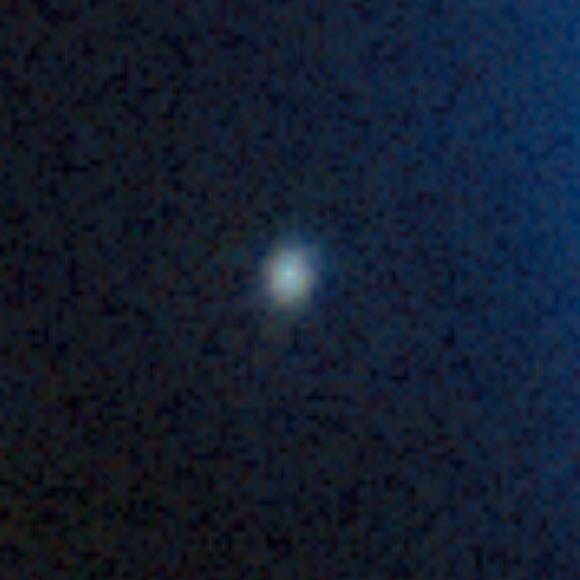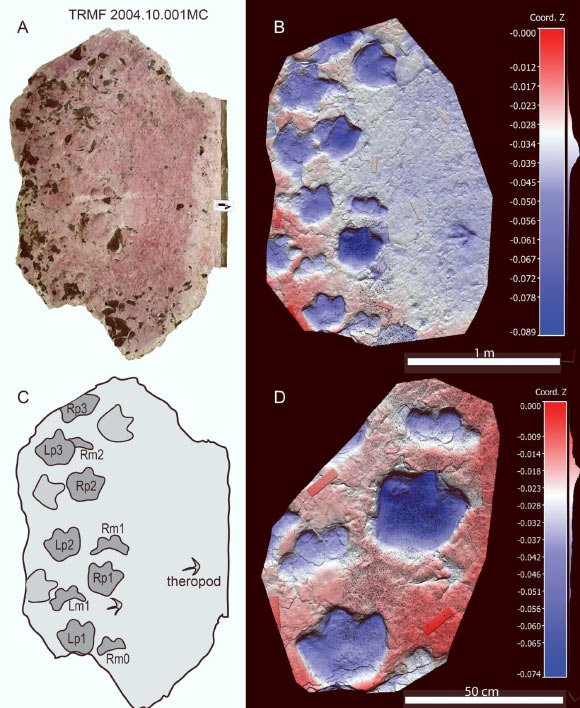Using Lawrence Berkeley National Laboratory’s 88-Inch Cyclotron, an international team of physicists has successfully made two atoms of livermorium (atomic symbol Lv) using a titanium beam for the first time, a breakthrough that enables the lab to try to make new element 120.

To make livermorium, Gates et al. fused isotopes of titanium and plutonium. Image credit: Jenny Nuss, Lawrence Berkeley National Laboratory.
There are currently 118 known elements, 90 of which occur naturally on Earth.
Elements heavier than fermium (which has 100 protons) must be created by combining the nuclei of two lighter elements, but not all combinations work.
The heaviest, currently known elements were made by fusing a specific isotope of calcium, calcium-48 (with 20 protons and 28 neutrons), with heavier elements, but this method only works up to element 118 (oganesson).
The special (so-called magic) numbers of protons and neutrons make the fusion of calcium and the survival of the resulting compound nucleus more likely.
However, to go further, scientists need new techniques.
In new experiments, Dr. Jacklyn Gates from Lawrence Berkeley National Laboratory and her colleagues made a significant breakthrough by accelerating a beam of titanium-50 (with 22 protons and 28 neutrons) in the 88-Inch Cyclotron and fusing the titanium nuclei with nuclei from plutonium-244 (with 94 protons and 150 neutrons).
Over the course of 22 days, the physicists successfully produced two atoms of livermorium, a chemical element with symbol Lv and atomic number 116.
The experiment shows that new elements beyond oganesson can be created at Berkeley Lab.
However, making element 120 is expected to be much harder — between 10 and 20 times more difficult than livermorium.
If successful, element 120 would be the heaviest known element, providing new opportunities to explore the outermost limits of atomic structure and further test theories of nuclear physics.
“This reaction had never been demonstrated before, and it was essential to prove it was possible before embarking on our attempt to make 120,” Dr. Gates said.
“Creation of a new element is an extremely rare feat. It’s exciting to be a part of the process and to have a promising path forward.”
“It was an important first step to try to make something a little bit easier than a new element to see how going from a calcium beam to a titanium beam changes the rate at which we produce these elements,” said Dr. Jennifer Pore, also from Lawrence Berkeley National Laboratory.
“When we’re trying to make these incredibly rare elements, we are standing at the absolute edge of human knowledge and understanding, and there is no guarantee that physics will work the way we expect.”
“Creating element 116 with titanium validates that this method of production works and we can now plan our hunt for element 120.”
The team’s paper was published in the journal Physical Review Letters.
_____
J.M. Gates et al. 2025. Toward the Discovery of New Elements: Production of Livermorium (Z=116) with 50Ti. Phys. Rev. Lett 133, 172502; doi: 10.1103/PhysRevLett.133.172502











